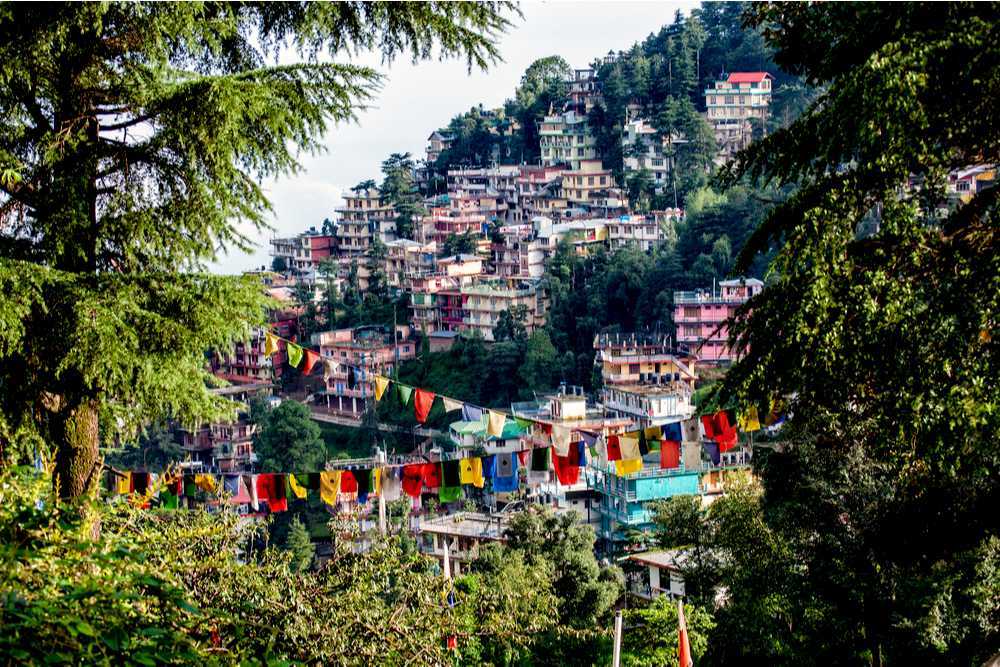Jigme Dorji National Park is the largest national park in Bhutan, covering an area of over 4,300 square kilometers in the northwestern region of the country. The park is named after Jigme Dorji Wangchuck, the third king of Bhutan, who was a strong advocate for environmental conservation.
The park is home to a wide variety of flora and fauna, including over 300 species of birds, 50 species of mammals, and several endangered species such as the snow leopard, Himalayan black bear, and Bengal tiger. The park also has several important rivers and lakes, including the Pho Chhu and Mo Chhu rivers, which are the primary sources of water for the Punakha Valley.
Visitors to the Jigme Dorji National Park can go on hiking and trekking expeditions, explore the forests, and spot wildlife. The park has several trekking routes, including the Jhomolhari trek, which is one of the most popular trekking routes in Bhutan. Visitors can also participate in various outdoor activities such as camping, bird watching, and fishing.
The park is also home to several cultural sites, including the Lingshi Dzong and the Gasa Dzong. These ancient fortresses were built in the 17th century and served as important administrative and religious centers in the region.
The best time to visit Jigme Dorji National Park is from March to May and from September to November when the weather is pleasant and the park is in full bloom. It is important to obtain the necessary permits and follow the park’s regulations when visiting the park. Visitors should also be aware of the park’s conservation efforts and take measures to preserve the natural environment during their visit


